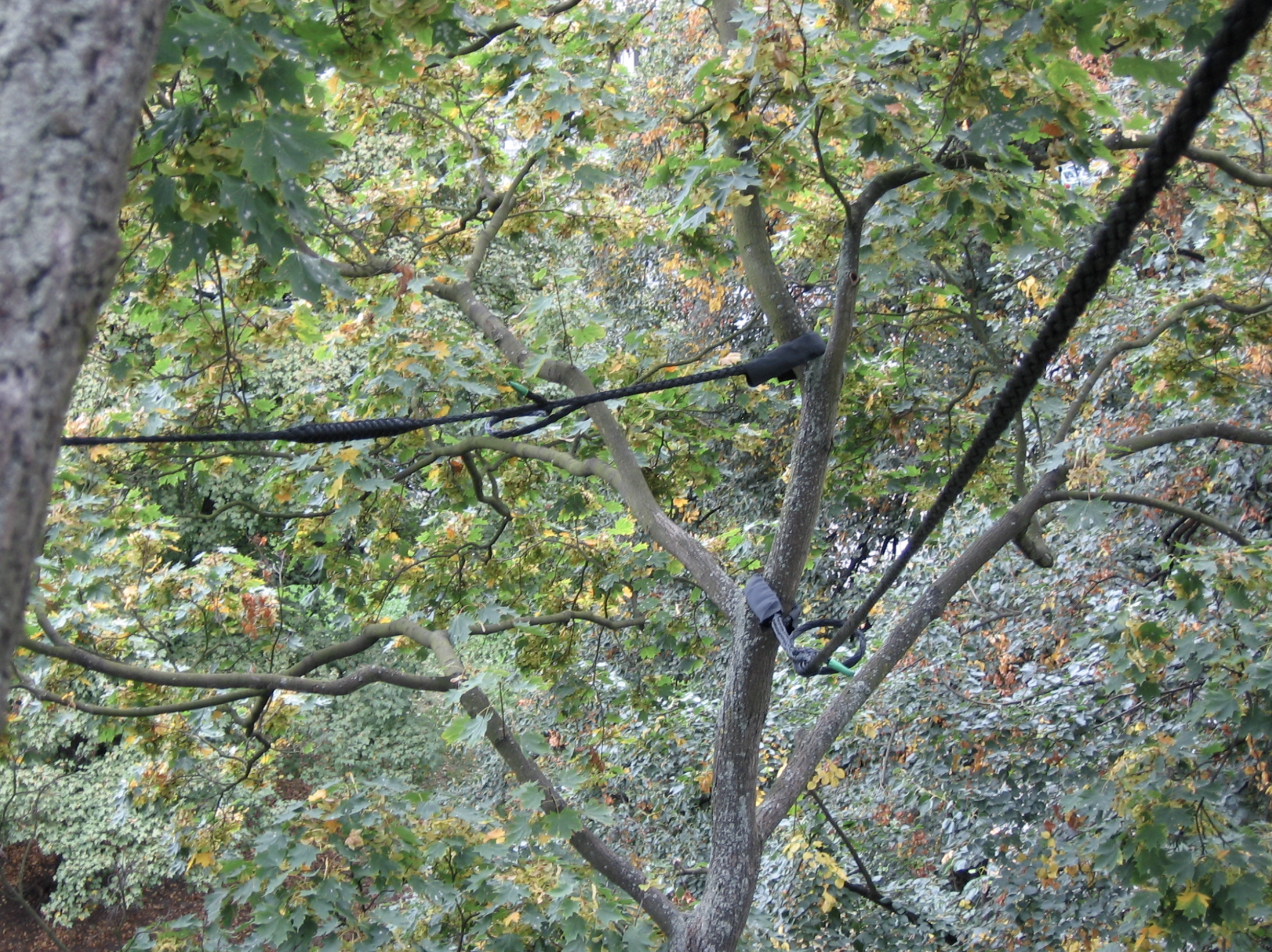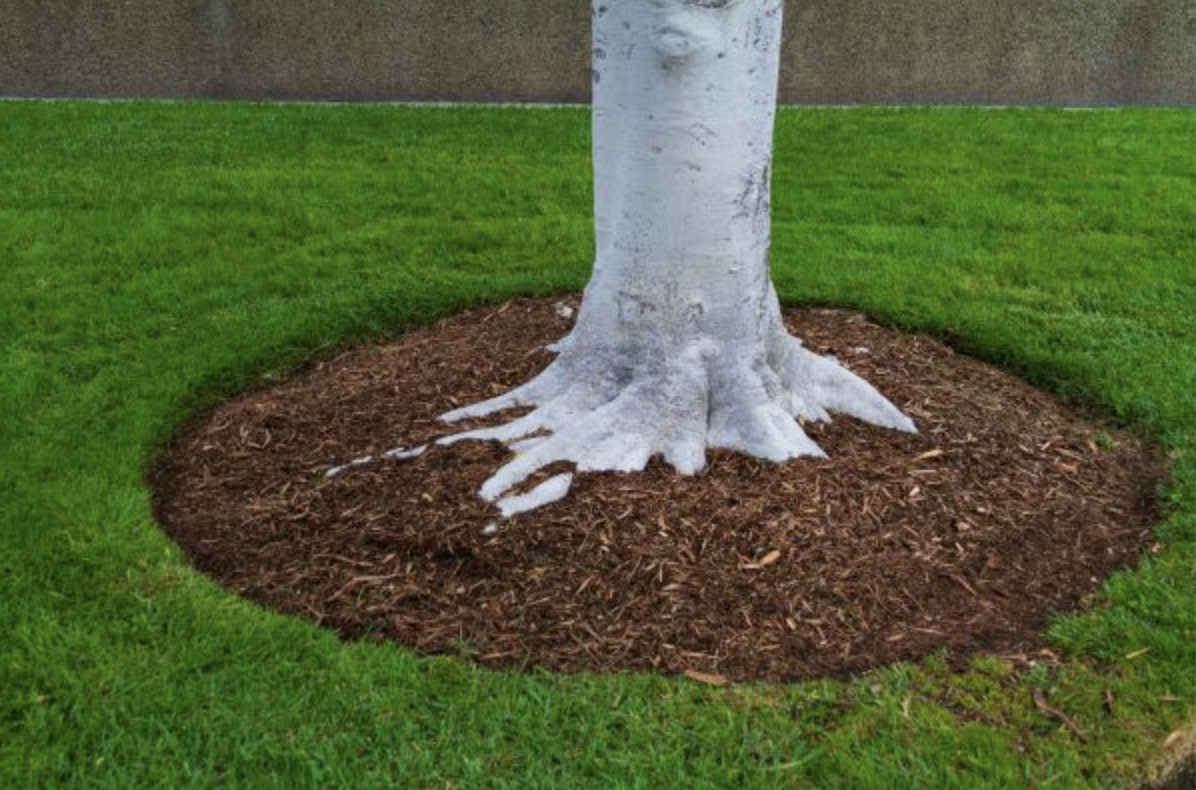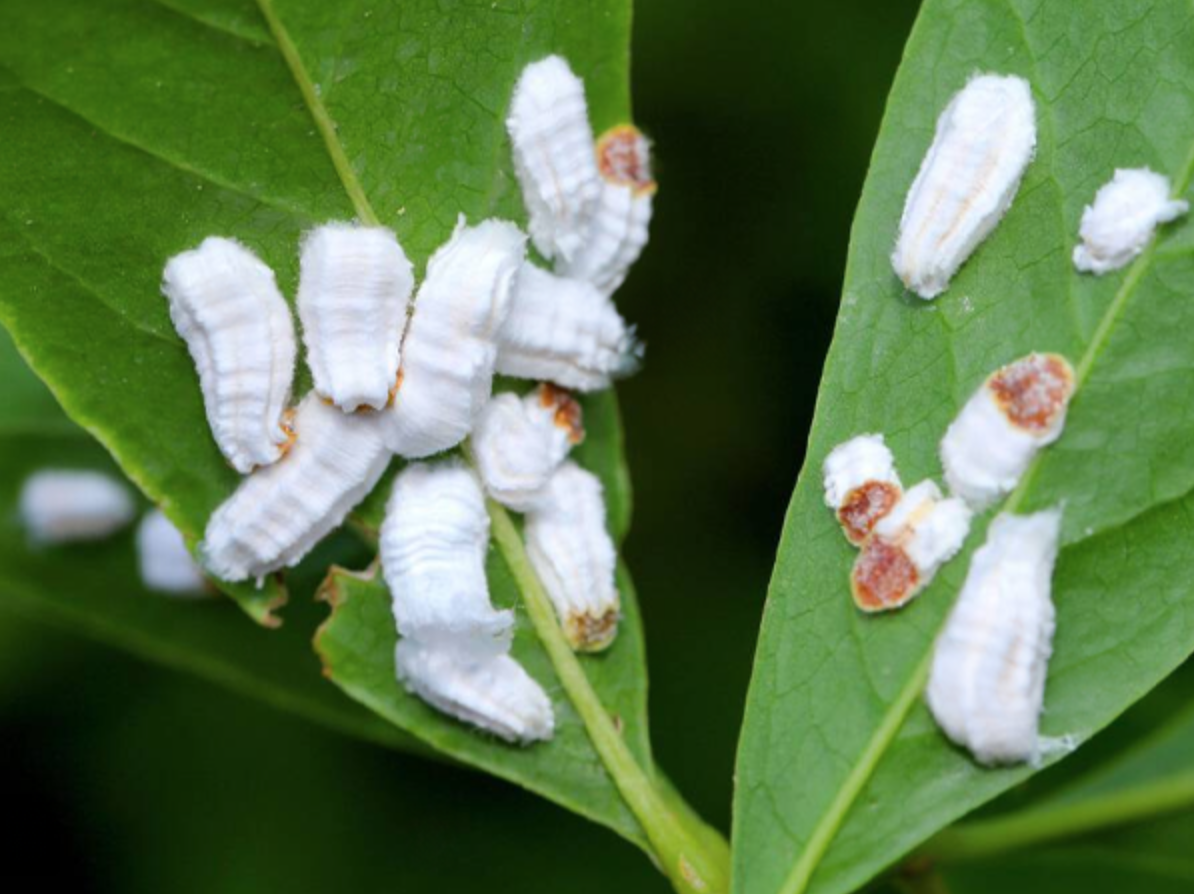Winter in the Twin Cities is unpredictable. One day your yard is covered in light snow, and the next it’s battling ice, heavy winds, and freezing rain. For your trees, these conditions can mean split trunks, broken branches, or even uprooting. The good news? With the right care before the snow starts falling, you can protect your trees and avoid costly storm damage.
At Birch Tree Care, we’ve been helping homeowners across Minneapolis, St. Paul, and surrounding suburbs like Eden Prairie, Maple Grove, and more keep their trees safe for over a decade. Here’s how you can prepare.
Prune weak or hazardous branches
Dead, diseased, or overextended branches are the first to snap under the weight of snow or ice. Fall and early winter are the best times to prune because trees are dormant, making cuts less stressful and easier to heal.
Here’s what to look for:
Branches hanging over your roof, driveway, or play areas
Limbs with cracks or visible decay
Crossing branches that rub and weaken each other
Our tree pruning services are designed to eliminate these risks while preserving the health and beauty of your trees.
Read Our Other Blogs
Consider cabling and bracing
Some trees, especially older ones or those with storm history, may need extra support. Cabling and bracing involve installing specialized hardware to stabilize weak limbs or split trunks. This preventive step reduces the risk of catastrophic failure when heavy snow or strong winds hit.
It’s a service best left to ISA-Certified arborists who understand how to secure the tree without causing long-term harm.
Mulch and protect roots
Storm damage involves a lot more than just falling branches. Frozen, compacted soil can stress roots and make trees less stable. Adding mulch around the base of your trees insulates roots and helps regulate soil temperature during freeze-thaw cycles.
Be proactive about tree health
Trees already weakened by pests, disease, or past damage are more likely to fail in winter storms. If you’ve noticed thinning canopies, early leaf drop, or signs of emerald ash borer, now is the time to act.
You can schedule a tree health assessment with us and get ahead of problems before storms make them worse.
Have an emergency plan in place
Even with preparation, Minnesota winters sometimes bring surprises. If a storm leaves your trees damaged, acting quickly can make all the difference for safety and recovery.
At Birch Tree Care, we offer:
Emergency storm services to remove hazardous limbs and secure your property
Storm damage evaluations to determine whether a tree can be saved or needs removal
Ongoing care to help your trees recover and prepare for the next season
Why Partner With Birch Tree Care?
When you work with us, you’re partnering with a team of local experts who know the challenges of Minnesota winters. Our certified arborists and technicians have the training and experience to protect your trees, your property, and your peace of mind.
We proudly serve homeowners throughout Minneapolis, St. Paul, and surrounding areas, including Hamel, Wayzata, Plymouth, Mound, Minnetonka, and more.
Minnesota winters may be unpredictable, but your tree care doesn’t have to be. By pruning, cabling, mulching, and planning ahead, you can reduce risks and keep your trees standing strong all season long.
Call us at 651-401-8749 or request a free quote today to protect your trees before the next storm hits.































